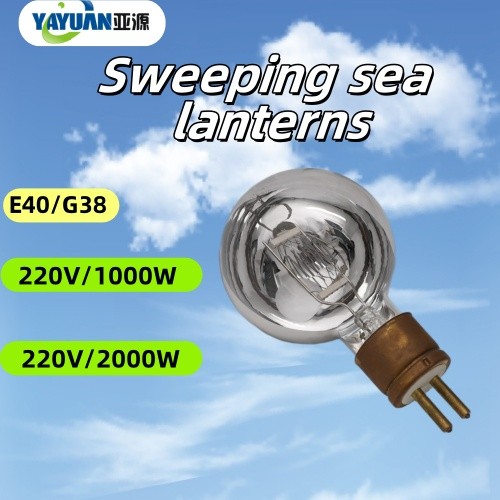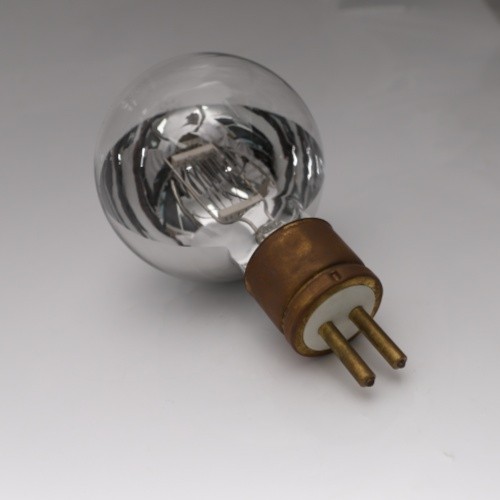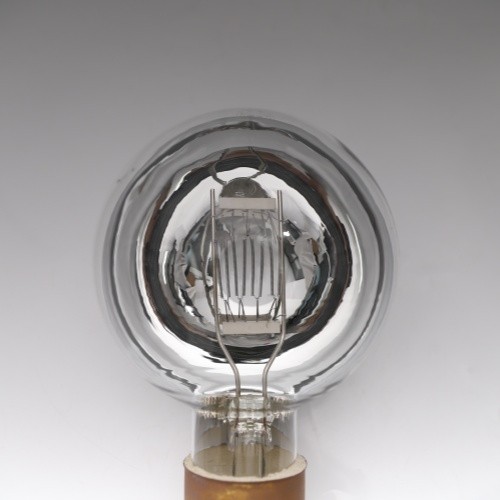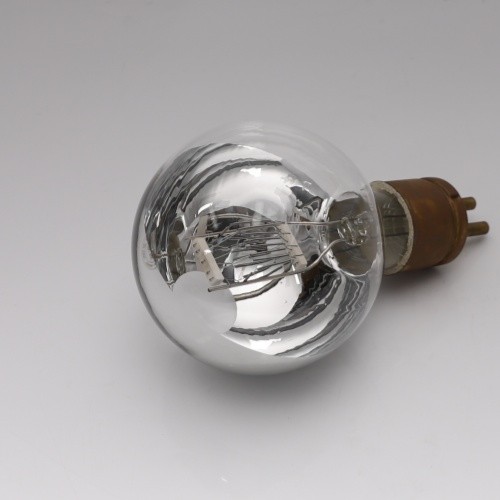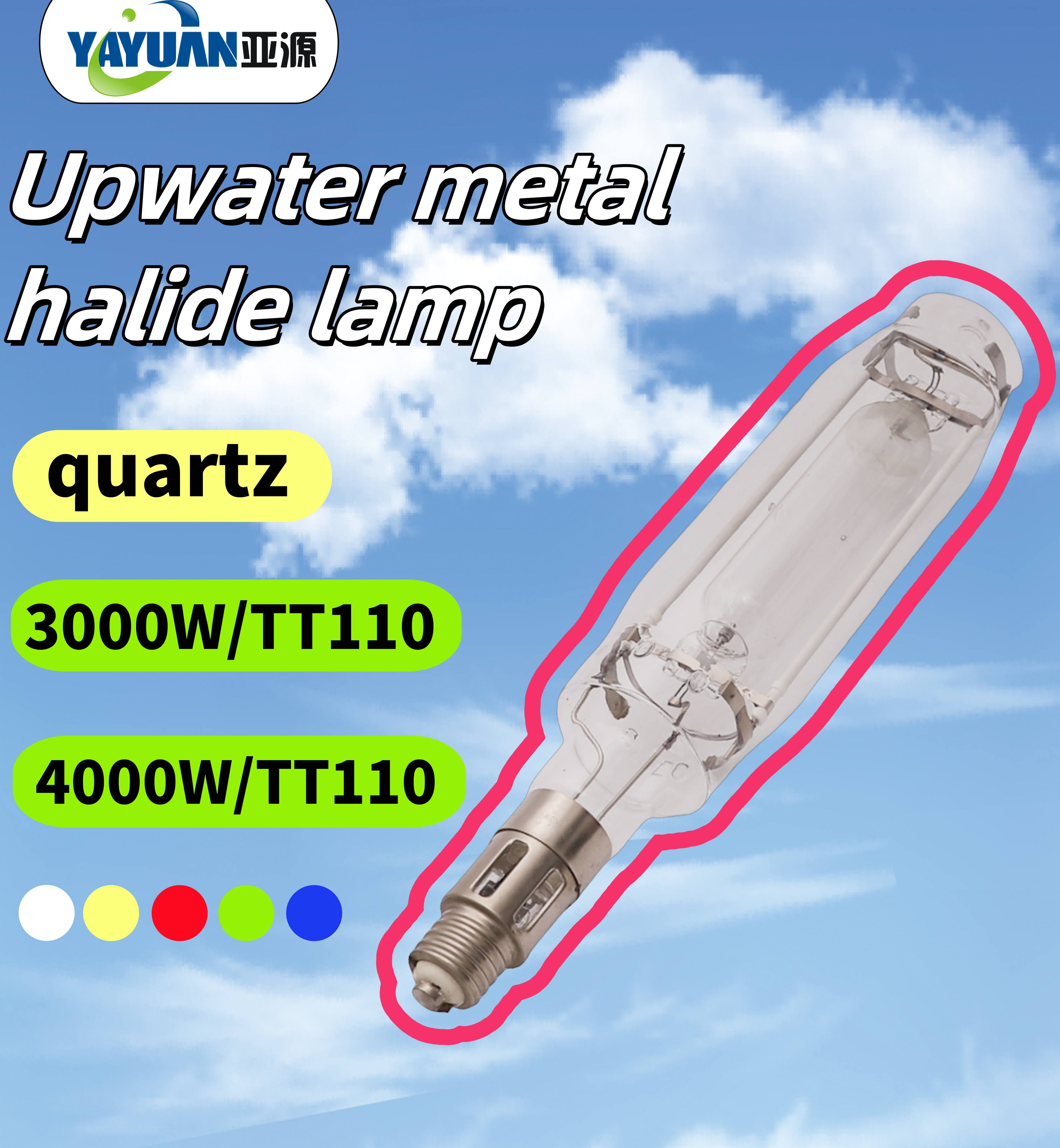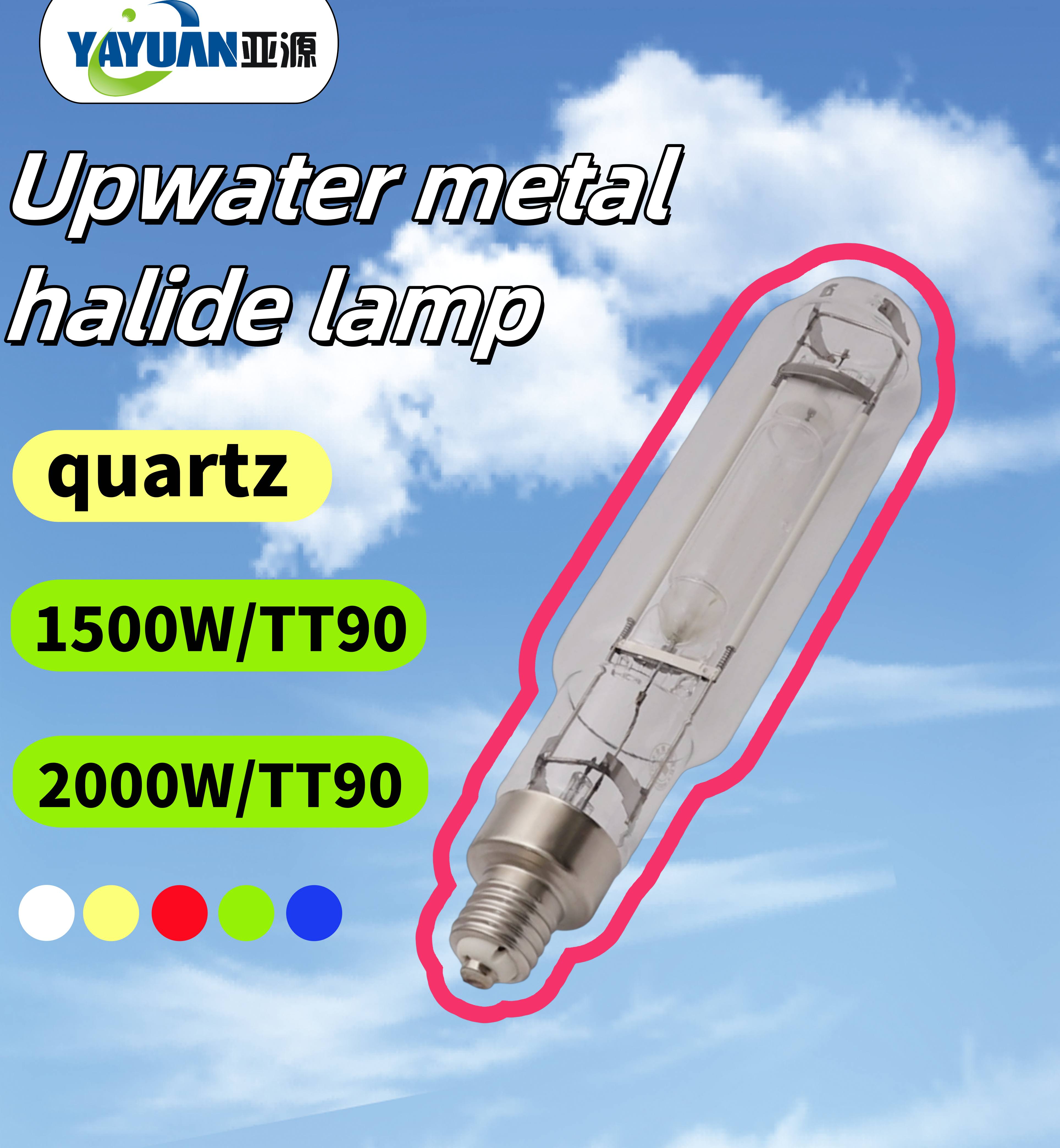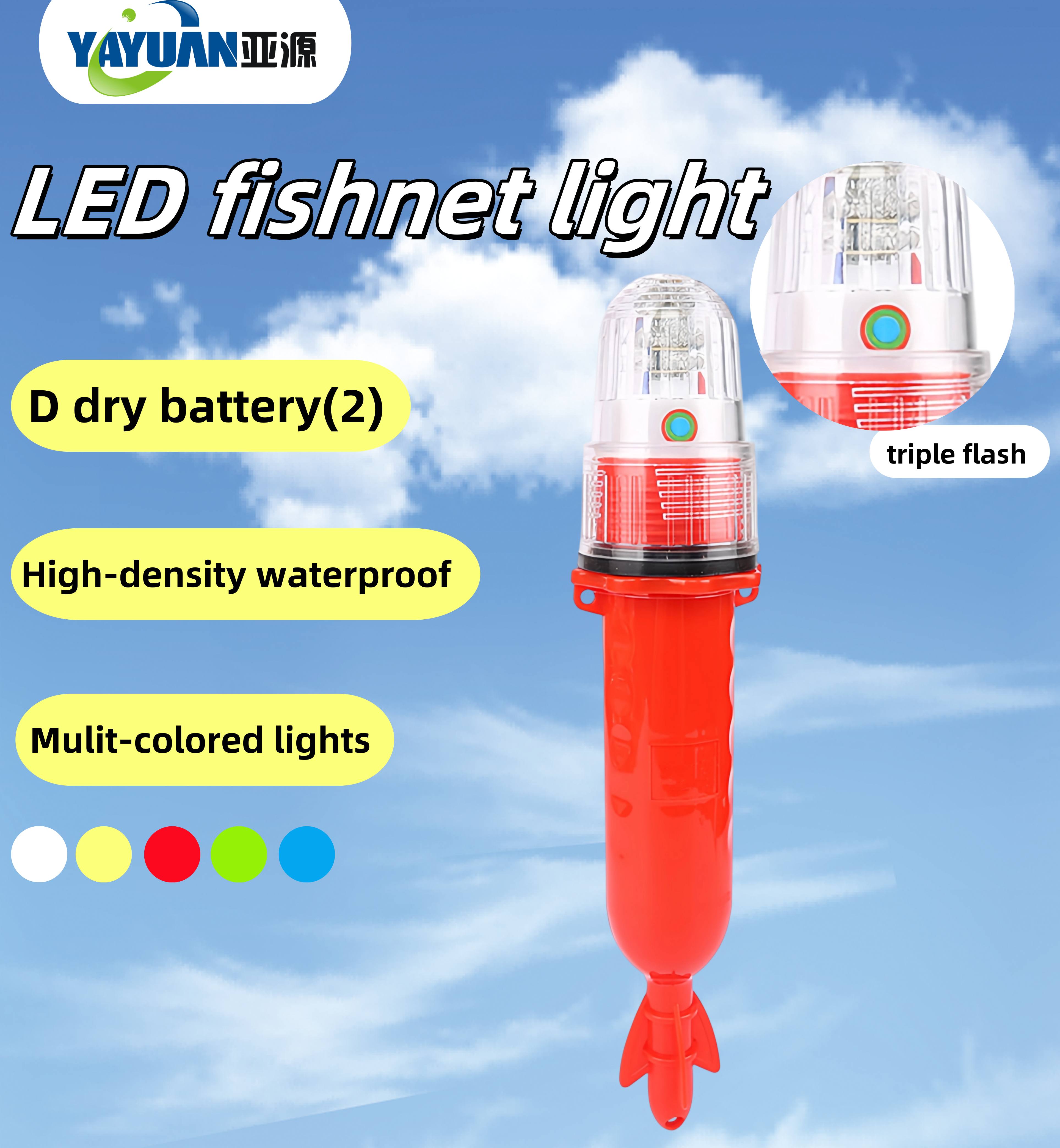Description
1. Extreme Long-Distance Illumination
Sea sweeping lights emit high-intensity beams that can penetrate tens of kilometers, enabling clear visibility over vast ocean areas. This is critical for:
- Navigating through fog, darkness, or low-light conditions.
- Detecting obstacles, other vessels, or coastal landmarks from long ranges.
2. Powerful Penetration in Harsh Marine Atmospheres
- Their light spectrum (often optimized for blue-white wavelengths) cuts through salt mist, fog, and heavy rainfall, maintaining visibility in challenging weather.
- Reflective or lens systems focus the beam to minimize dispersion, ensuring consistent intensity even in turbulent marine air.
3. Wide Adjustable Beam Angles and Directionality
- Most models allow manual or automatic adjustment of beam width (from narrow spot to wide flood) and horizontal/vertical rotation (e.g., 360° pan and 90° tilt).
- This flexibility supports versatile uses: scanning coastlines, inspecting ship hulls, or signaling in search-and-rescue operations.
4. High Durability for Marine Environments
- Constructed with corrosion-resistant materials (stainless steel, aluminum alloys, or marine-grade plastics) to withstand saltwater, humidity, and UV exposure.
- Sealed housings prevent water ingress, while shock-absorbing designs resist vibrations from ship movement or rough seas.
5. Energy Efficiency and Longevity
- Modern sea sweeping lights often use LED or HID (high-intensity discharge) technology, consuming less power than traditional incandescent models while producing brighter output.
- LED variants offer 50,000+ hours of lifespan, reducing replacement needs in hard-to-access installations.
